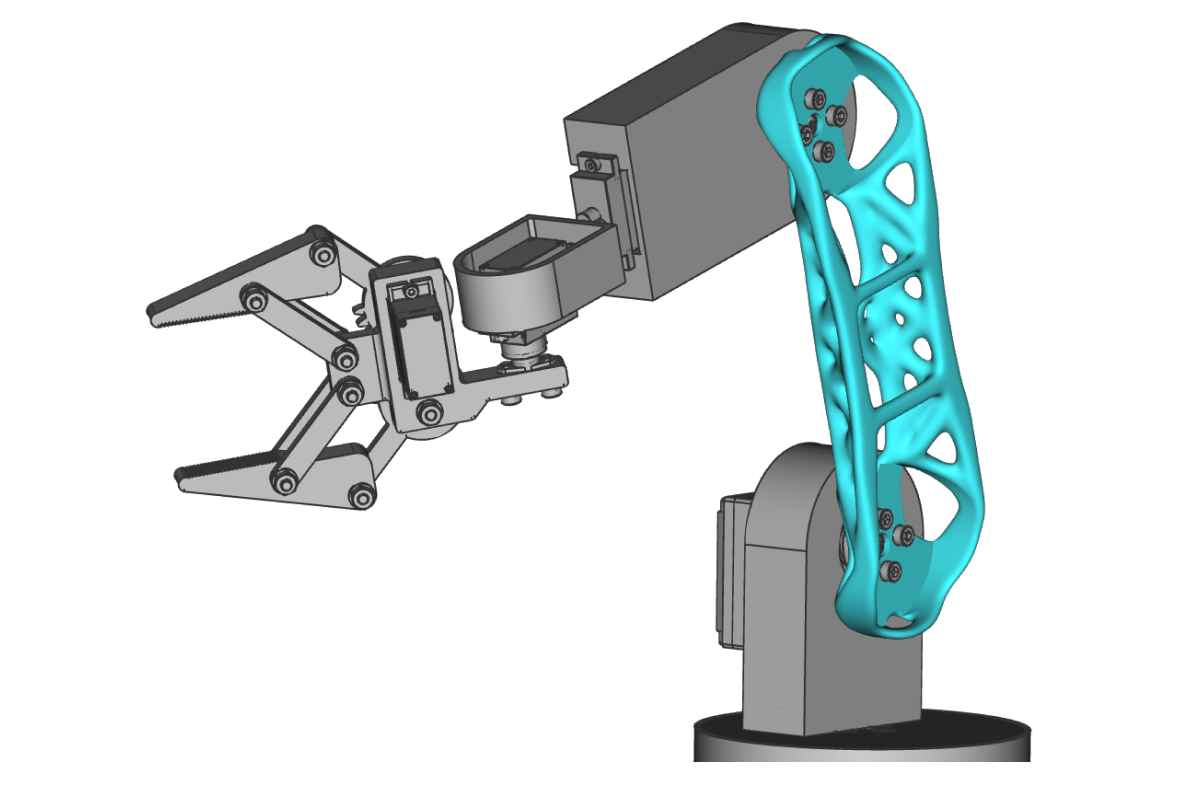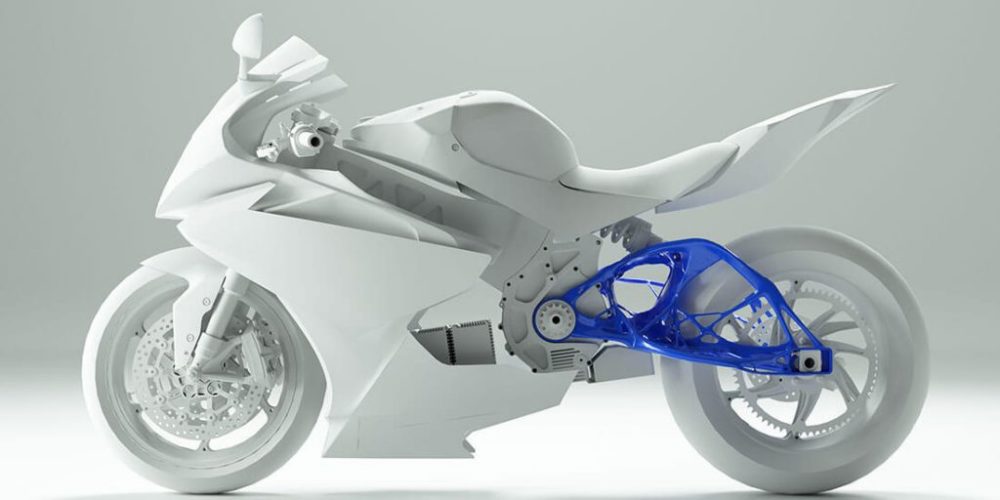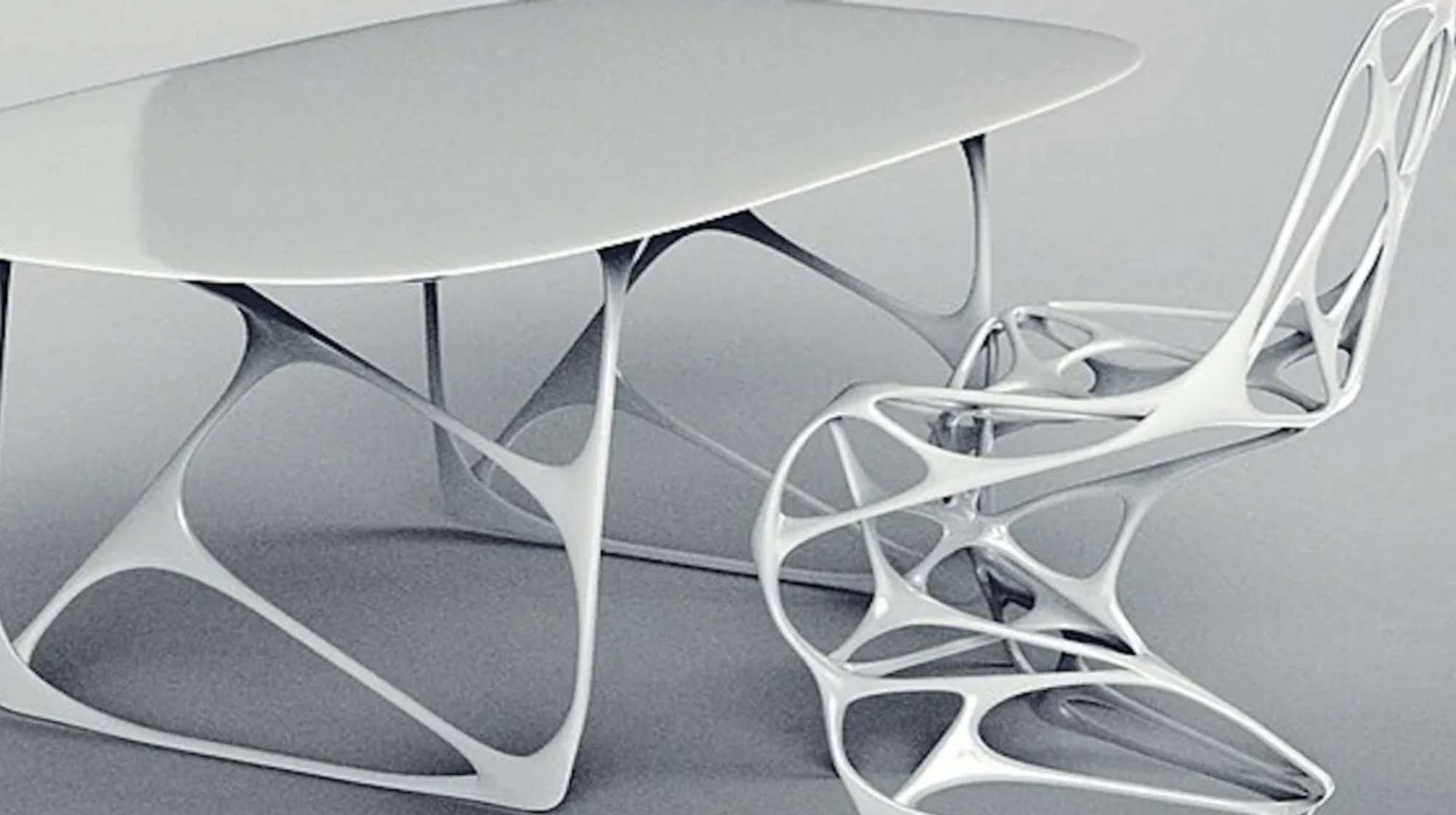If one thing I have clear about the Main Project is that I will design a manual press of some kind. First I was attracted by old machinery design (industrial revolution aesthetic) but after a while I switched my interest towards the organic/generative design that has lately been possibly done thanks to computation. In fact, what I loved about the Industrial Revolution machinery aesthetic is its organic shapes. I have been always attracted for art-noveau nature shapes and also by nature itself. If we look the human bones for example, they have the optimum shape to whistand the different mechanical strains using as less material as they can.

I don’t know how the manual press will exactly function but my intend is to use generative software for designing the body. This process will consist in different steps: choosing the material to use, choose some specifications I want for the press (force, travel, etc) and then, introducing those specs and constraints the software will calculate the most optimum geometry for using as less material as possible, and then hopefully I will get a good looking manual press full of organic shapes.
The cons of this aesthetic is that often cannot be manufactured using conventional methods and the only ones capable of doing so are additive manufacturing methods.


https://www.plm.automation.siemens.com/global/en/our-story/glossary/generative-design/27063
https://www.autodesk.com/solutions/generative-design
https://commons.wikimedia.org/wiki/File:GENERATIC-collection-by-Emmanuel_Touraine-for-VENTURY-05.jpg


3 Comments. Leave new
Hey Pere
I am really into the aesthetics that some engineering techniques yield. I had already posted about the aesthetics of aerodynamics and generative design was actually my second choice.
Generative design elements are really “organic looking” sometimes resembling bones and cartilage.
I am looking forward to your final project.
Hey Pere, I have to say that this is fun stuff. Organic designs have always been one of my interests too. It just shows how far technology has evolved and how capable design software has become.
I’m interested in knowing what software you will be using for this project. I personally have used ANSYS Discovery Live for topology optimization, and I would recommend the software any day.
I love the addition of the motorcycle image! I think drawing on basic principles of human biology is a cool way to design for optimum mechanical strength.
As I assume this will be a completely computational model, will you run any sort of FEA analysis on it to ensure it can withstand the different strains if it were to be manufactured.